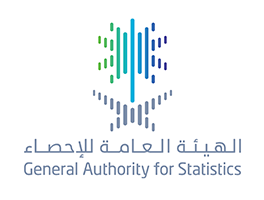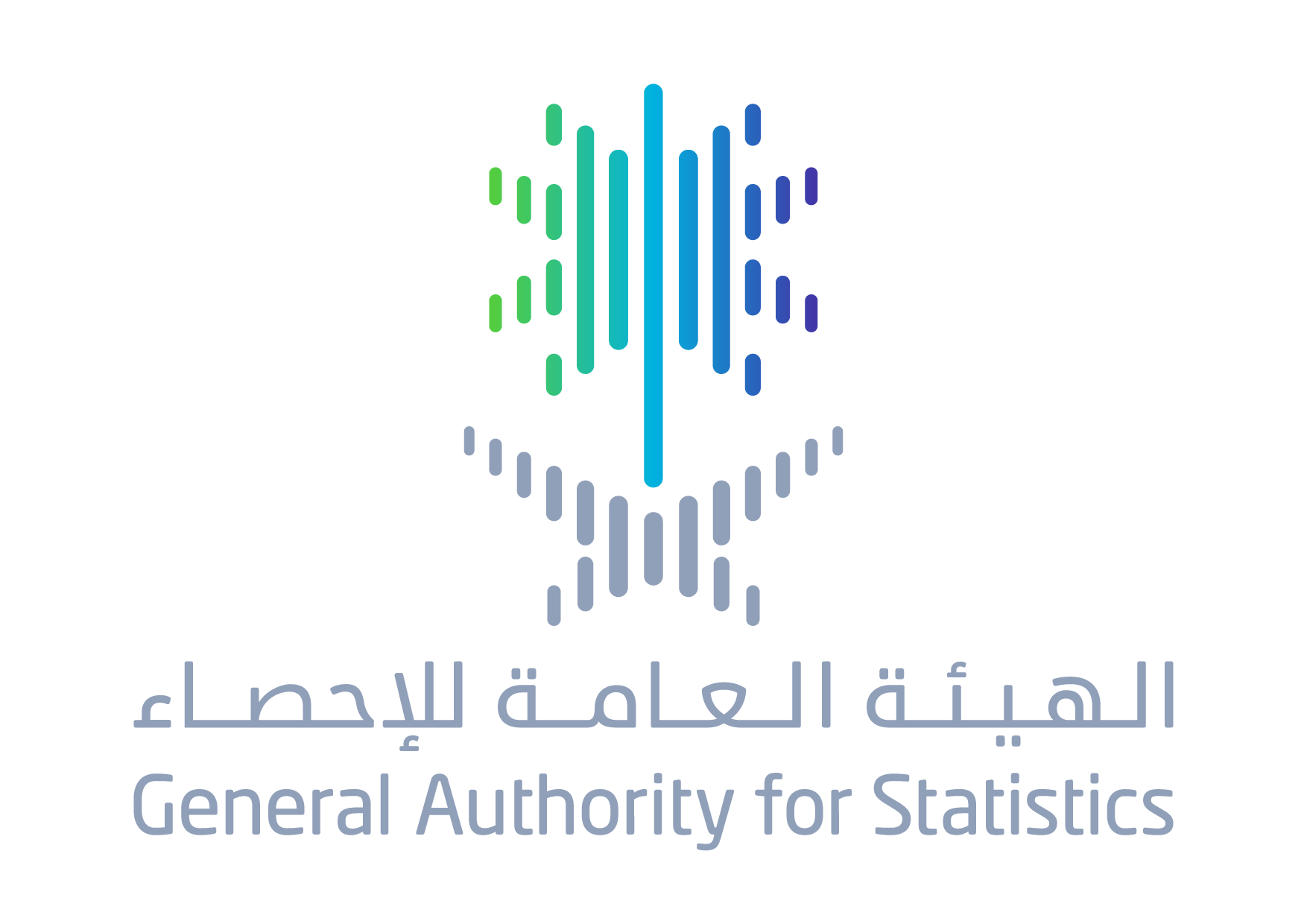
GASTAT participates in the seventh round of OIC-StatCom
03-05-2018
GASTAT participates in the seventh round of OIC-StatCom
The General Authority for Statistics (GASTAT) participates in the meetings of the seventh round of the Organization of Islamic Cooperation Statistical Commission (OIC-StatCom), which are held in Ankara- Turkey, during the period 2-3 May, 2018, corresponding 16-17 Shaaban, 1439H. On the first day of the meetings, the director- general of Methodologies and Statistical Classifications has presented in details how to use administrative records and vital statistics in the next population census which will be conducted in 2020. On the other hand, the vice president for Statistical Works has met the director- general of Statistical, Economic, and Social Research and Training Center for Islamic Countries (SESRIC),
Ambassador Musa KulaKlikaya. During their meeting, they shed light on GASTAT statistical transformation experience, and how can they reflect the experience of Saudi Arabia on other Islamic countries. Moreover, the vice president, and on behalf of all GASTAT staff, has expressed his thanks and gratitude for all the efforts exerted by the center. He assured that the authority can always provide support in different statistical fields. In the end, the center’s director-general has thanked the authority for their initiative, and expressed the center’s desire to sign a memorandum of understanding with GASTAT in the field of statistics.

GASTAT: According to the survey of Households Sports Practice in Saudi Arabia (14.89%) of population are practicing sports for more than 150 minutes’ weekly
02-05-2018
New survey to be released for the first time in cooperation with the General Sports Authority,
GASTAT: According to the survey of Households Sports Practice in Saudi Arabia (14.89%) of population are practicing sports for more than 150 minutes’ weekly
On Tuesday 15th of Shaaban 1439H, corresponding to 1st of May 2018, GASTAT has released the results of Households Sports Practice Survey, 2017. The survey complements the surveys implemented by GASTAT in 2017. Households sports practice is one of the Saudi vision 2030 requirements. In addition, this kind of practice includes indicators that are targeted by 2030. The data of this survey allows conducting many developmental studies and plans in general, and in the sports field in particular. These studies and plans should support the development of many programs and initiatives that do increase the rate of households sports practice. The survey methodology and form must be compatible with the international standards and recommendations issued by ILO on one hand, and with the General Sports Authority needs on the other hand.
According to the survey results, the percentage of individuals (15 years and older) who are engaged in sports activities for more than 150 minutes weekly reached (14.89%). However, those who do not practice sports recorded (85.11%). Moreover, the percentage of Saudi males and females (15 years and older) who are engaged in sports activities for more than 150 minutes’ weekly registered (11.24%), (8.83%) of whom are males and (2.41%) are females. On the other hand, the percentage of non-Saudi males and females who are engaged in sports activities hit (3.65%).
The results also indicated that the percentage of those who practice sports in public facilities (public place, garden…etc) is 59.04%. in contrast, those who practice sports in GYMs registered 15.11%, while those who practice it at home recorded 14.75%. Additionally, the percentage of individuals who practice sports in clubs recorded 1.63%, whereas those who practice it in other places registered only 1.19%
The survey revealed that the reasons of not practicing sports among Saudi population varied. Some people have chosen not to practice it with a percentage of 50.47%, and some do not have time to practice (32.11%). However, some people do not have public facilities in their neighbourhoods (14.65%), and some have other reasons for not practicing (2.77%).
The survey aims at providing recent statistical indicators and data about households’ sports practice. In addition, it provides the reasons behind not practicing sports by kind of relationship with the household head, and classification by gender, nationality, educational status, age, marital status. Furthermore, it provides data about the percentages of individuals engaged in sports activities on at the administrative regions level.
GASTAT will work on improving the survey indicators periodically in cooperation with the General Sports Authority, in a way that supports the 2030 Saudi vision achievement.

GASTAT: Saudis’ economic participation rate increased, and unemployment rate remained stable
30-04-2018
Within the results of labor market bulletin, quarter 4, 2017
GASTAT: Saudis’ economic participation rate increased, and unemployment rate remained stable
The General Authority for Statistics (GASTAT) releases on its official website www.stats.gov.sa the Labor Market Bulletin for the fourth quarter of 2017, which provides comprehensive data and indicators on the Saudi labor market taken from the labor force survey conducted by the Authority on a quarterly basis, and from the administrative records of some relevant entities (Ministry of Labor and Social Development, Ministry of Civil Service, General Organization for Social Insurance, Human Resources Development Fund and National Information Center).
The results of the bulletin (third quarter, 2017) showed an increase in the economic participation of Saudis (15 years and older) as it reached (41.9%) compared to (40.7%) in Quarter 3, 2017, with an increase of (1.2%). The results indicated that the economic participation of Saudi females has increased by (19.4%) compared to (17.8%), whereas, Saudi males’ participation has increased by (63.4%) compared to (62.6%) in the third quarter of 2017. However, the results demonstrated a stability in the unemployment rate of the Saudi population for the third time, where it stabilized at (12.8%), the unemployment rate of all population (Saudis and non-Saudis) has registered (6.0%), with an increase of (0.2%) compared to the previous quarter. The results also showed a decline in the unemployment rate of Saudi with (31.0%) compared to (32.7%) in quarter 3. On the other hand, Saudi males’ unemployment rate has registered an increase by (7. 5%) compared to (7.4%) in quarter 3. Moreover, the results indicated that according to the administrative records of Saudi Arabia, there is a decline in the numbers of Saudi job seekers during the fourth quarter of 2017, as they reached (1,086,561) persons with a decline of (11.8%) compared to the third quarter of 2017. In contrast, the numbers of Saudi employed persons have increased by (3.3%) with (3,163,846) persons.
The bulletin included a large number of detailed data about workers according to the regulations they are subject to, nationality, gender, age, administrative region, and educational level, as well as data about job seekers, average monthly wage, working hours and domestic workers.
On the other hand, the official spokesman of the General Authority for Statistics (GASTAT), Taiseer Al-Mofarrej, clarified that when comparing the unemployment rate of total population ( Saudis and non-Saudis) in Saudi Arabia, which registered (6%) in this quarter, with the unemployment rates of the Group of Twenty (G20), we find that Saudi Arabia is in the average rate, as ten countries among which is Saudi Arabia has registered rates ranging between (4%) and (7%). The below table shows the unemployment rates of G20:
Unemployment rates in G20
Country
Unemployment rate
South Africa
26.7
Brazil
12.6
Italy
10.9
Turkey
10.8
France
8.9
Argentina
7.2
Canada
5.8
Saudi Arabia
6
Australia
5.5
Indonesia
5.5
Russia
5.0
South Korea
4.5
United Kingdom
4.2
United States
4.1
China
3.9
Germany
3.8
India
3.5
Mexico
3.2
Japan
2.5
Almofarrej added, the results of the labor market bulletin, Quarter 4, 2017 have showed the tendencies of jobseekers in the Saudi market, as the percentage of those who seek a government job reached 38%.
It is worth mentioning that GASATAT has previously clarified the difference between job seekers and unemployed, and that unemployment rate cannot be calculated based on the number of jobseekers that is registered in the databases of other government entities. The "unemployed" according to the Labor Force Survey are individuals (15 years and older) who were jobless during the period of the time reference (the survey period): the previous week of the household visit and have been looking for a job seriously during the four weeks prior to the household visit (they have at least taken one way to look for a job). This includes those who did not search for jobs during the four weeks prior to the household visit because they were waiting for a job or starting their own business in the coming period, where they had already been looking for work before the time reference period and at the same time they were able to work and were ready to join it (If available), during the week preceding the household visit.
Additionally, jobseekers can be defined as Saudi individuals (males or females) enrolled in the job search programs of the Ministry of Civil Service (Jadarah or Saa’ed) and the Human Resources Development Fund (Hafiz), and they register their personal data, qualifications, practical experiences and CVs through an electronic system.
Not to mention that job seekers in the administrative records are not subject to the internationally recognized standards and conditions of unemployment approved by the ILO, and therefore are not considered to be unemployed. Hence, not every job seeker is considered unemployed, S/he may be looking for work and is working in another job, this is the case in those who seek a government job and are working, for example, in the private sector and not registered in the records of the General Organization of Social Insurance (GOSI), as if there is a jobseeker and s/he works in the private sector and subscribed in GOSI, s/he ca not be considered within jobseekers in the labor market bulletin.

GaStat: A Decline in the Real-Estate Price Indicator During the First Quarter of 2018
24-04-2018
GaStat: A Decline in the Real-Estate Price Indicator During the First Quarter of 2018
On Monday, the 7th of Shaaban 1439H corresponding April 23, 2018, The General Authority for Statistics (GaStat) released the report of Real Estate Price index, Q1 2018. The report is published on GaStat official website www.stats.gov.sa.com .Furthermore, the indicator is based on the data records about real-estate’s transactions available at the Ministry of Justice, and it is an important tool to support economic and statistical decision makers regarding the changes of property prices and future forecasts during different periods of time.
According to the report, the real-estate price index has recorded a decline by (1.5%) compared to the same quarter of last year (Q1, 2017). The report attributed this decline to the decrease in the main sectors composing it: the housing sector (2.0%), the commercial sector (4.4%), and the agricultural sector (0.4%).
Moreover, the indicator edged down (0.5%) compared to the previous quarter (Q4 2017) reaching (84.2%) in the first quarter of 2018 compared to (84.6%) for the previous quarter. This decline can be attributed to the main sectors composing it where they witnessed varying degrees of decline: (0.7%) for the housing sector, (0.5%) for the commercial sector and (0.1%) for the agricultural sector.
It is worth mentioning that the indicator of the Real Estate Price index, which aims at founding outstanding real-estate statistical indicators that measure the performance of Saudi real-estate market and meeting the data needs in this sector, covers three main sectors consisting of several types of real estate: housing sector which includes the following (plot of land, building, villa, apartment and house), commercial sector includes (plot of land, building, exhibition, commercial center or shop), agricultural sector with one category which is the agricultural land.
